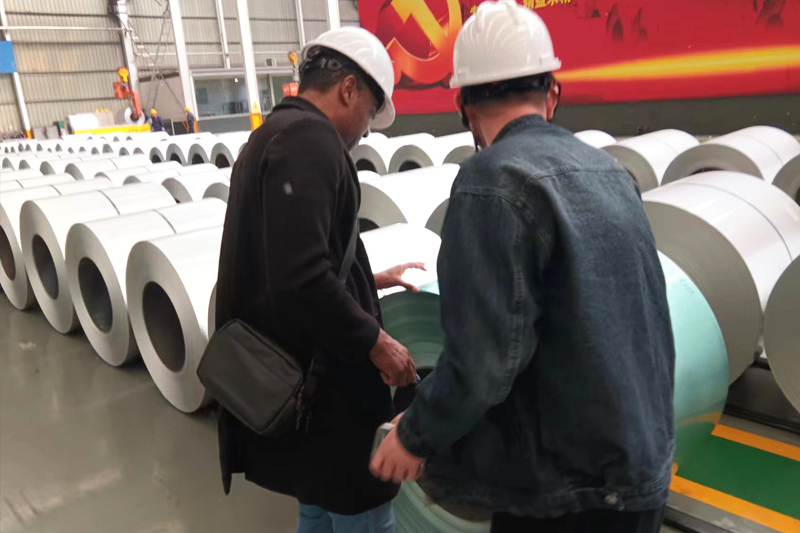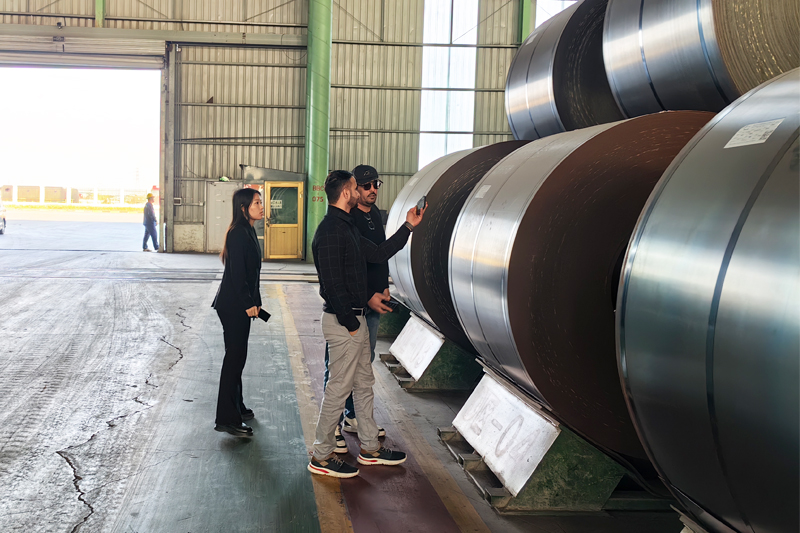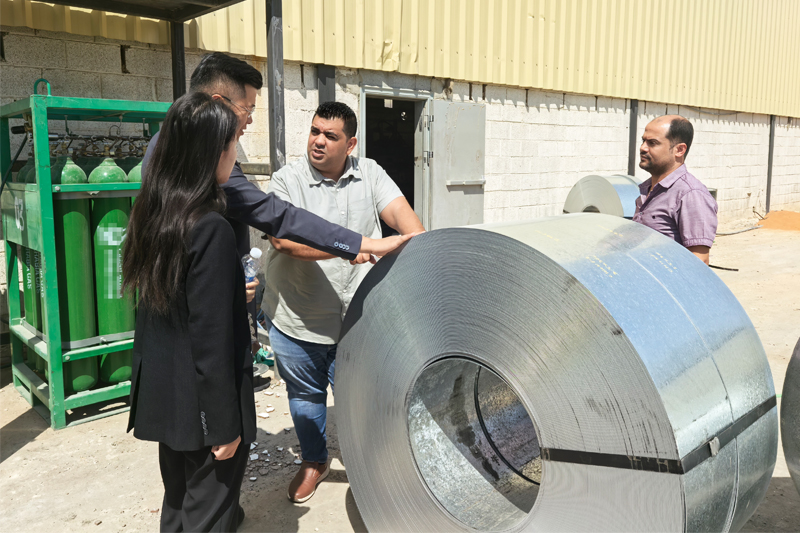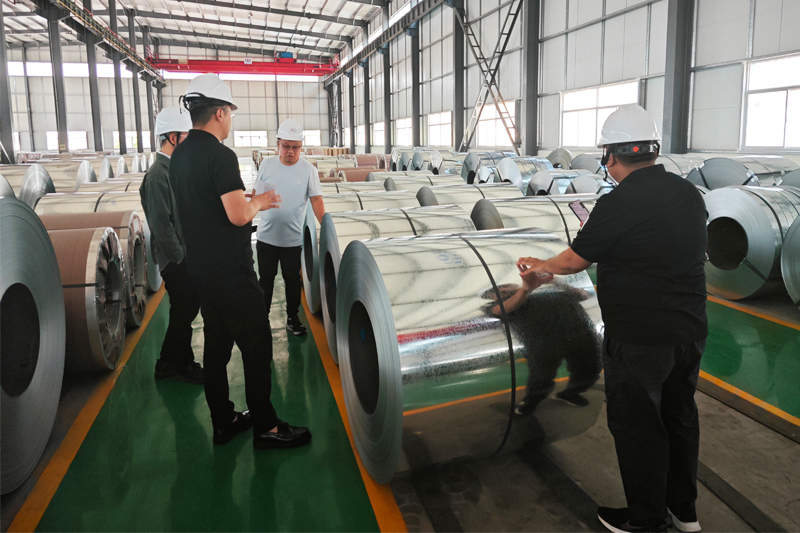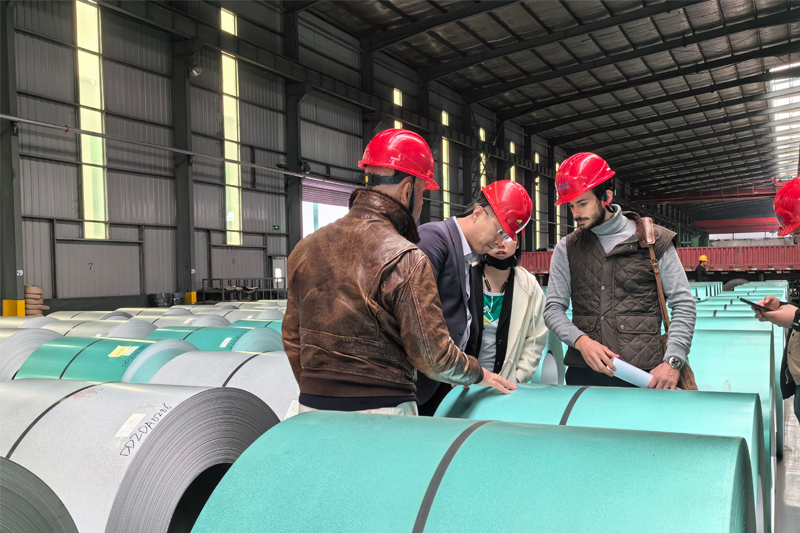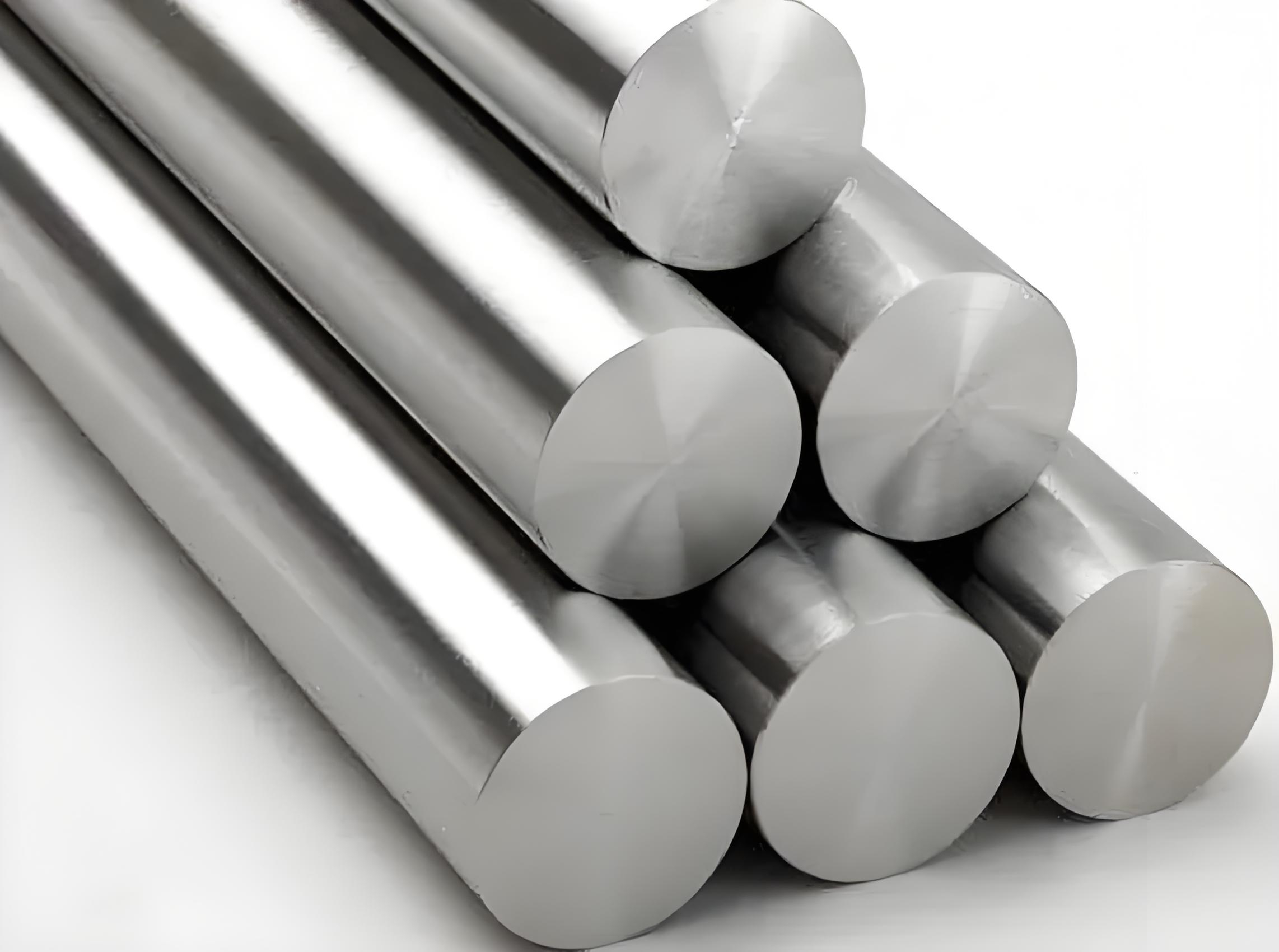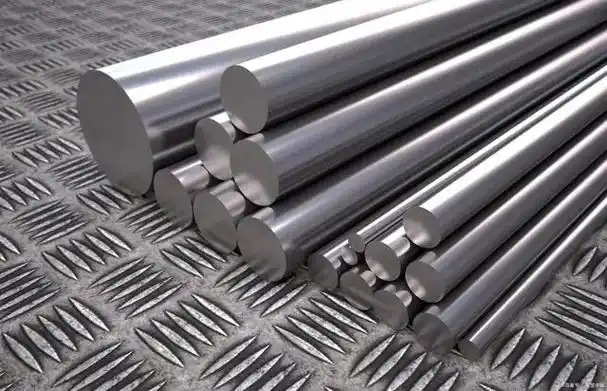In the high - tech and demanding field of aerospace, high - strength alloy steel plays a crucial role in ensuring the safety, performance, and reliability of aircraft and spacecraft components. Procuring the right high - strength alloy steel requires a deep understanding of aerospace - specific steel requirements, alloy steel standards, and the evaluation of supplier qualifications. This comprehensive guide aims to provide valuable insights for buyers, integrating the key elements of aerospace steel, alloy steel standards, and supplier qualifications to facilitate informed purchasing decisions.
Understanding Aerospace - Specific Requirements for High - Strength Alloy Steel
Aerospace applications impose extremely stringent requirements on high - strength alloy steel. Components in aircraft engines, landing gears, and structural frames must withstand high stress, extreme temperatures, and harsh environmental conditions. For example, in the hot sections of jet engines, alloy steel parts need to maintain their mechanical properties at temperatures reaching up to 1000°C while enduring high rotational forces. Moreover, aerospace components demand high fatigue resistance to withstand the repeated stress cycles during flight operations. Any failure of these components due to substandard steel quality can lead to catastrophic consequences, making it essential to source steel that precisely meets aerospace - grade specifications.
Key Alloy Steel Standards in the Aerospace Industry
International and National Standards
International standards organizations like the International Organization for Standardization (ISO) and the American Society for Testing and Materials (ASTM) have established comprehensive standards for high - strength alloy steel used in aerospace. ISO standards, such as ISO 683 series, cover the chemical composition, mechanical properties, and heat treatment requirements of alloy steels. ASTM standards, including ASTM A295 for high - strength steel castings and ASTM A572 for high - strength low - alloy structural steels, are widely recognized benchmarks. Additionally, national standards in major aerospace - manufacturing countries, like China's GB/T standards and Japan's JIS standards, also provide detailed specifications tailored to local industries while aligning with international best practices.
Aerospace - Specific Specifications
Aerospace companies and industry associations often develop their own proprietary specifications on top of general standards. For instance, the Aerospace Material Specification (AMS) series published by SAE International contains highly detailed requirements for alloy steels, covering aspects from raw material sourcing to final product testing. These specifications may include stricter limits on impurities like sulfur and phosphorus, more precise requirements for grain size control, and enhanced non - destructive testing procedures to ensure the highest level of quality and reliability for aerospace applications.
Evaluating Supplier Qualifications
Manufacturing Capabilities
When assessing potential suppliers, it is crucial to evaluate their manufacturing capabilities. Look for suppliers equipped with advanced production facilities, such as state - of - the - art electric arc furnaces for steel melting, continuous casting machines for high - quality ingot production, and precision rolling mills for shaping steel products. Suppliers should also have the ability to perform in - house heat treatment processes, like quenching and tempering, to achieve the desired mechanical properties of the alloy steel. Moreover, advanced machining capabilities, including computer - numerical - control (CNC) machining, are essential for producing aerospace - grade components with tight dimensional tolerances.
Quality Management Systems
A robust quality management system (QMS) is a must for aerospace alloy steel suppliers. Suppliers should be certified to international quality standards, such as ISO 9001. Additionally, aerospace - specific quality certifications, like AS9100, which is tailored to the aerospace industry's unique requirements for quality management, are highly desirable. A reliable supplier will have a comprehensive quality control process in place, covering raw material inspection, in - process quality checks, and final product testing. This includes chemical analysis to verify the alloy composition, mechanical testing to measure properties like tensile strength and yield strength, and non - destructive testing methods, such as ultrasonic testing and radiographic testing, to detect internal defects.
Supplier Reputation and Track Record
Research the supplier's reputation and track record in the aerospace industry. Look for testimonials from existing aerospace customers, review industry reports and rankings, and inquire about the supplier's history of on - time delivery and product performance. A supplier with a long - standing reputation for providing high - quality alloy steel and meeting customer requirements is more likely to be a reliable partner. Pay attention to any past quality issues or disputes, as they can indicate potential risks in future collaborations.
The Purchasing Process
Requirement Definition
Clearly define your high - strength alloy steel requirements at the beginning of the purchasing process. Specify the intended application of the steel, which will determine the necessary mechanical properties, chemical composition, and dimensional requirements. Consult with internal engineering teams, aerospace design experts, and relevant industry standards to ensure that your requirements are comprehensive and accurate.
Supplier Selection and Quotation
Based on the evaluation of supplier qualifications, shortlist potential suppliers and request detailed quotations. The quotation should include not only the price of the alloy steel but also information on delivery terms, lead times, quality guarantees, and after - sales services. Compare the quotations carefully, taking into account all aspects, rather than simply choosing the lowest - priced option.
Contract Negotiation and Order Placement
Once you have selected a supplier, enter into contract negotiation. Clearly define the terms and conditions, including product specifications, quality control procedures, delivery schedules, payment terms, and dispute resolution mechanisms. Ensure that the contract aligns with your requirements and protects your interests. After finalizing the contract, place the order and maintain regular communication with the supplier throughout the production and delivery process to ensure a smooth procurement experience.
In conclusion, purchasing high - strength alloy steel for aerospace applications demands a meticulous approach. By understanding aerospace - specific requirements, being familiar with alloy steel standards, carefully evaluating supplier qualifications, and following a well - defined purchasing process, buyers can secure high - quality alloy steel that meets the exacting standards of the aerospace industry, ensuring the success of aerospace projects and the safety of flight operations.


